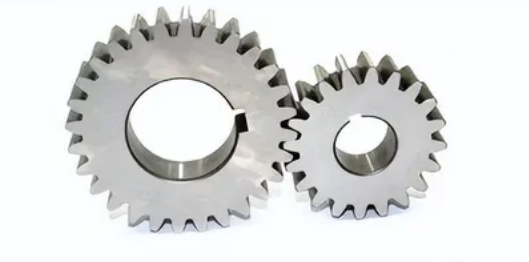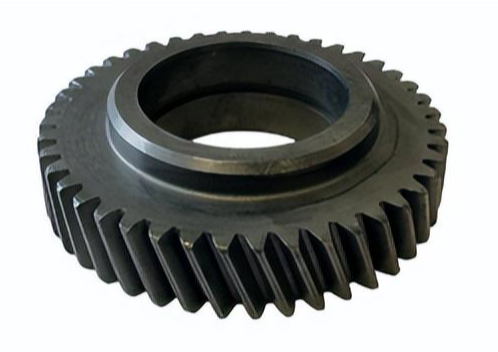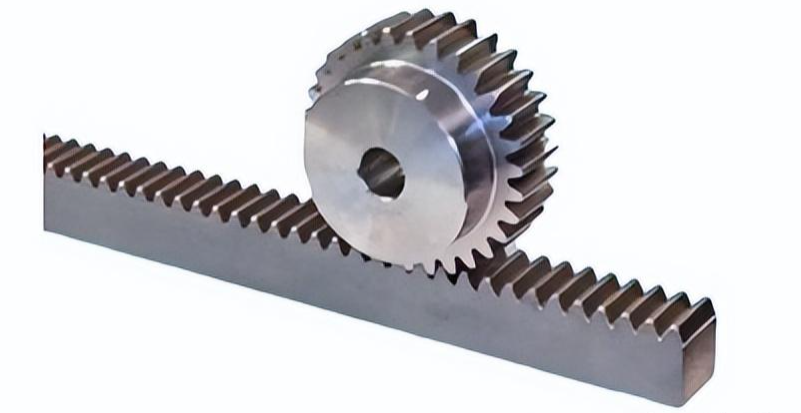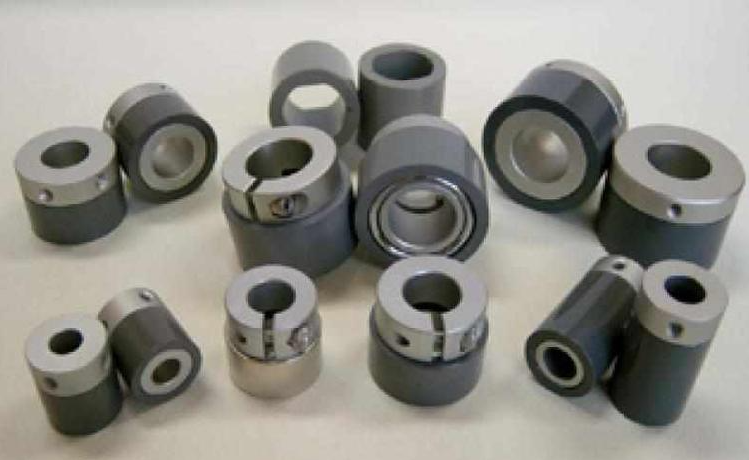I believe that as long as you are engaged in the woodworking industry, you must know what a gear is. A very common spur gear is a simple gear with teeth and gear shafts parallel to each other. It is used to transmit power between parallel axes. Spur gears are mainly Used to reduce speed and increase torque. Advantages of spur gears: 1. Simple design 2. Easy to manufacture 3. Low cost and high efficiency 4. Various transmission ratios can be achieved, but its disadvantage is high noise.
Helical gears have teeth that are inclined to the axis of the gear. For the same tooth width, helical gears have longer teeth than spur gears. Therefore, they can transmit more power between parallel shafts than spur gears. Helical gears are used to transmit heavy loads between parallel shafts at very high rotational speeds. Following are the applications of helical gears in various products: automotive gearboxes, printing and other machinery, conveyors and elevators, factory automation, etc…. Advantages of helical gears Higher load carrying capacity and contact ratio compared to spur gears , smoother and quieter than spur gears, with good accuracy levels. Disadvantages of helical gears: 1. Less efficient compared to spur gears 2. The helix angle also increases the axial thrust on the shaft.
Have you ever used a toothless transmission method? There are really too many benefits. It won’t wear out or get stuck like traditional gears, and it’s also noise-free.
A toothless transmission gear. The flat driving part is provided with an annular guide groove that is eccentric relative to the axis of rotation. The flat driven part is provided with a continuously circulating guide groove on the surface facing the driving side. The center of the groove is concentric with the axis of rotation. In order to control and guide the power-transmitting balls, radial guide holes are provided on the flange fixed to the housing and located between the driven and driving components. These radially long guide holes cover the balls on the driving components at each coincidence point. The eccentric displacement of the guide groove restricts the ball from rotating around the rotation axis of the gear.
If you want to know more about the inside story of woodworking machinery, please continue to follow me, thank you~
Post time: Feb-18-2024






